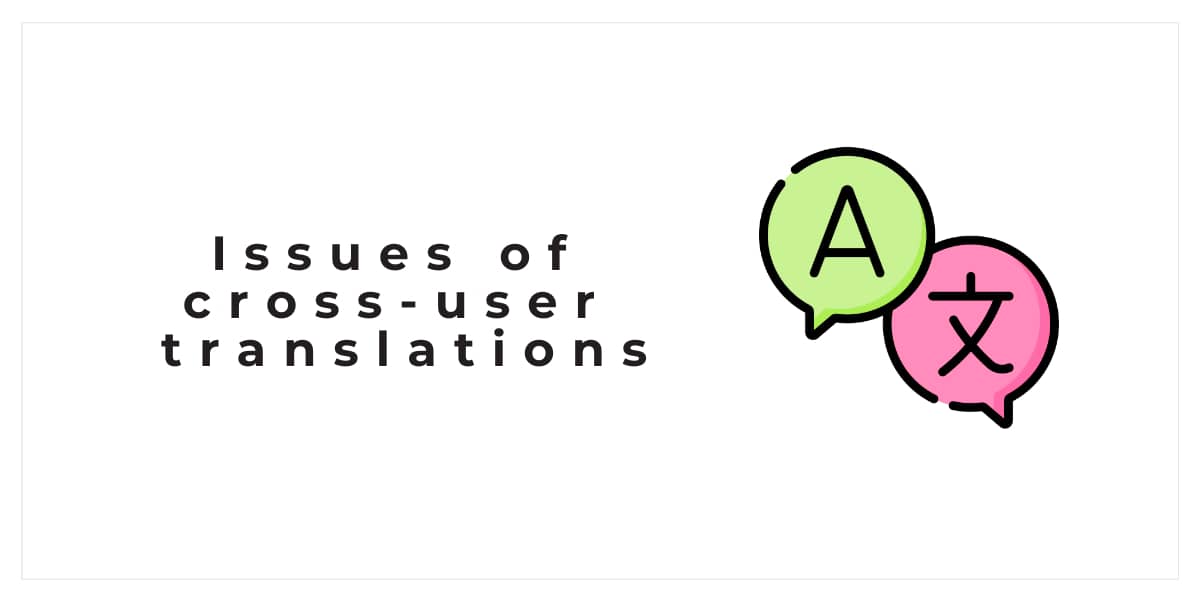The future will include cross-chain transactions. This has been obvious for some time now, but it has been particularly clear in the recent past as side-chains, L1s, and L2s have seen an explosion in the number of users, liquidity options, and new DeFi protocols. This is going to be the situation going forward as well.
However, this has led to another issue, which is the difficulty in moving your assets to and from the various chains. This problem has only become more widespread as time has gone on.
Users have never been unable to make transactions using other exchanges. This is a hard job that takes a lot of time and work. Users would send their token to an exchange, swap it for new tokens many times, and then send it back to their wallet on a different chain. This process would keep going until the users got to the chain they wanted. I'm getting a headache from this... It also faces problems in the form of rising to Know Your Customer (KYC) requirements and high withdrawal fees.
Users have been able to go through different bridges. However, from what we've seen, most bridges have had problems, such as low liquidity, a limited number of tokens that can be exchanged, a lack of decentralization, potential security risks, and insanely long wait times that can last for days.
There is no easy way to do cross-chain swaps.
A simple solution to such problems
Allbridge, a supplier of cross-chain solutions, has just released its newest product, which goes by the name Allbridge Core. This product makes it possible to move stablecoins across a broad range of EVM and non-EVM blockchains without any interruptions.
Allbridge Core provides a native bridging experience and significantly enhances the user experience by doing away with the need for interaction with wrapped assets. This is accomplished by generating native liquidity pools for each purchase on each and every chain that is supported.
The tokens are transferred into the pool and then swapped for the value transfer token when the transfer is initiated. After then, the specified messaging protocol is used to transmit these tokens to the target chain. Once there, the tokens are converted back into stablecoin assets and awarded to the users.
As a result, the exchange may be completed with only a single transaction if necessary. Because of this, Allbridge Core stands apart in comparison to other market participants, who often need a minimum of two to three transactions in order to complete the cross-chain transfer.
Cross-chain transfers will also get an extra degree of anonymity as a result of the forthcoming release of customizable security settings, which will hide the specifics of the on-chain transaction.
Additionally, the Allbridge Core's underlying design supports numerous communications protocols, making the device more adaptable than its competitors. Wormhole and Allbridge communications are both available to users at this time, and users have the option to choose either one.
More decentralized cross-chain swaps may now be executed across Solana, Ethereum, and BNB Chain thanks to Wormhole's network of guardians. Through its native stablecoin bridging expertise, Allbridge Core facilitates instantaneous cross-chain exchanges of ERC20 tokens for BEP20 tokens(https://home.core.allbridge.io/compare-standard/swap-erc20-vs-bep20).
The Allbridge Core team has future plans to provide support for additional tokens, as well as cover a wider variety of assets and networks, in order to provide users with a cross-chain experience that is seamless. With Allbridge Core, you will step into the new age of cross-chain exchanges.








